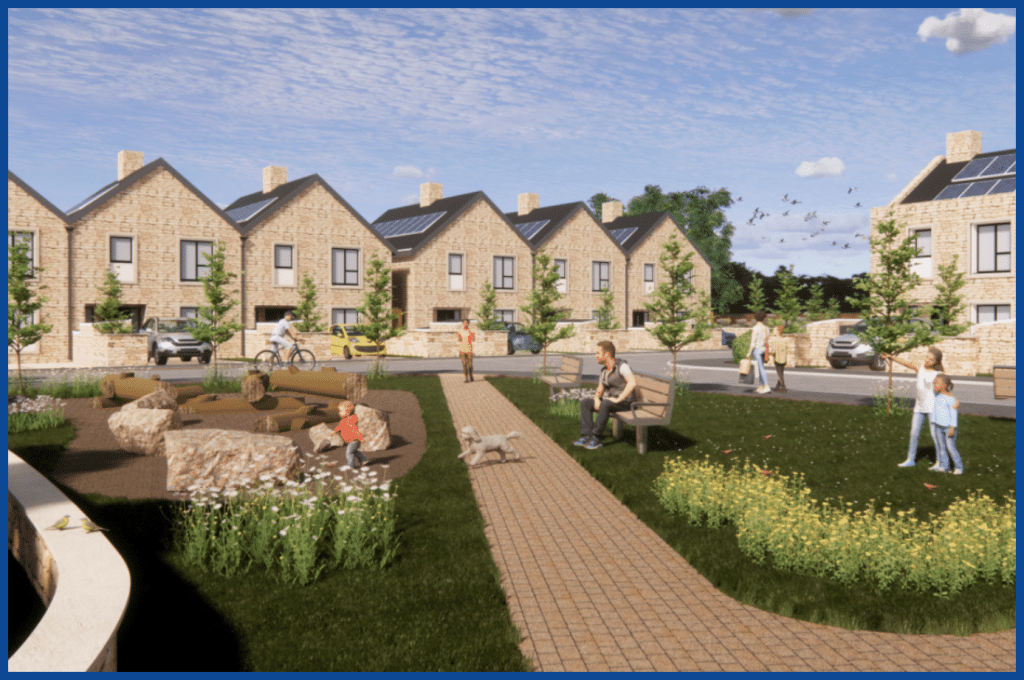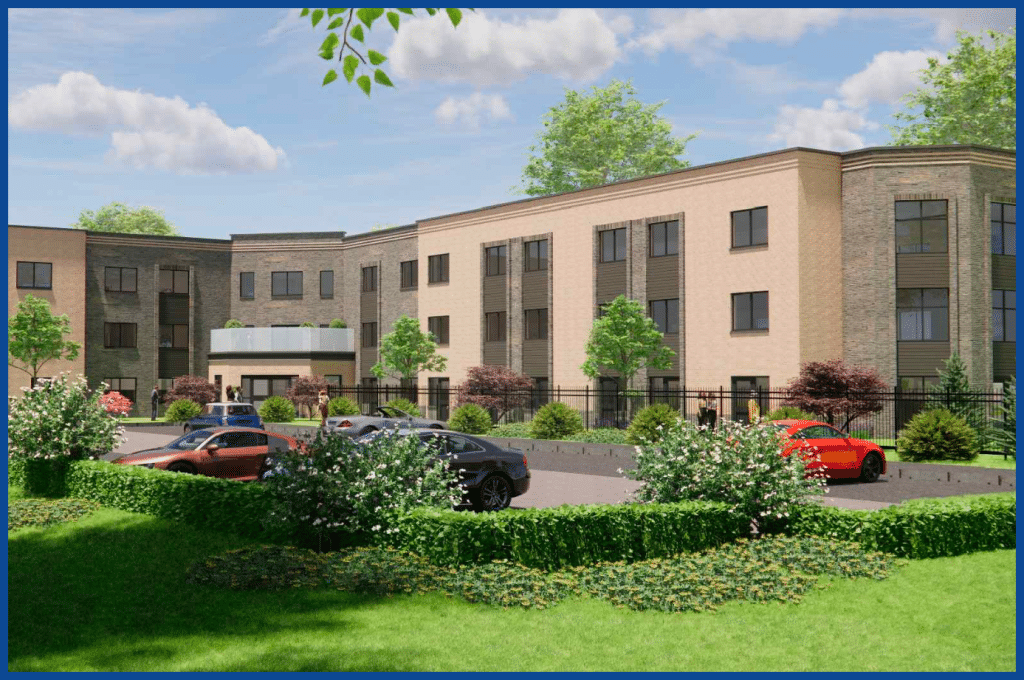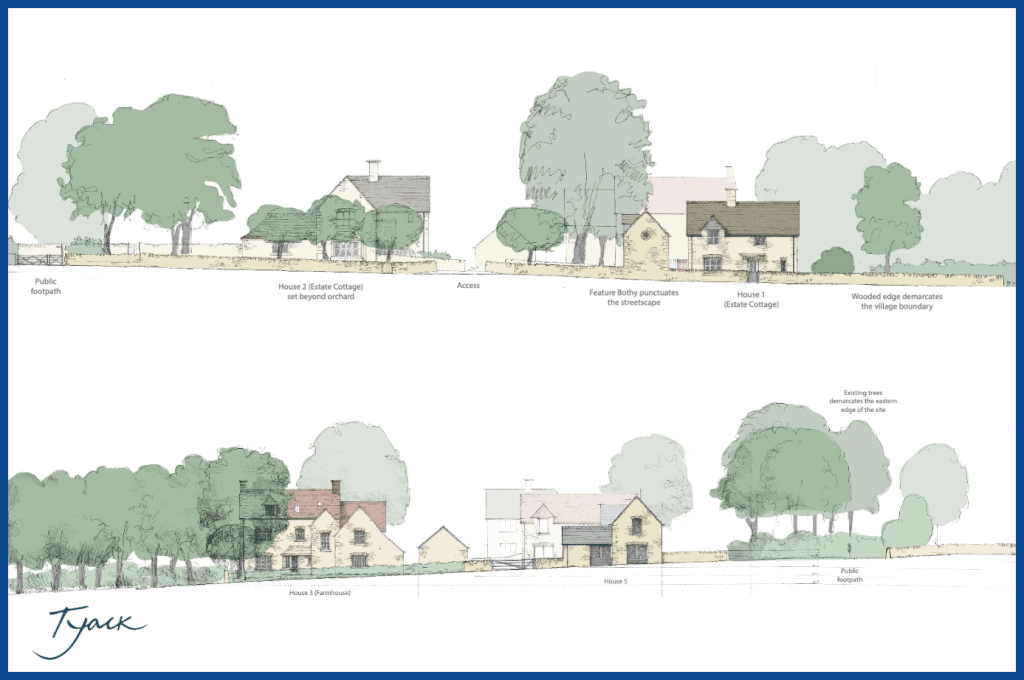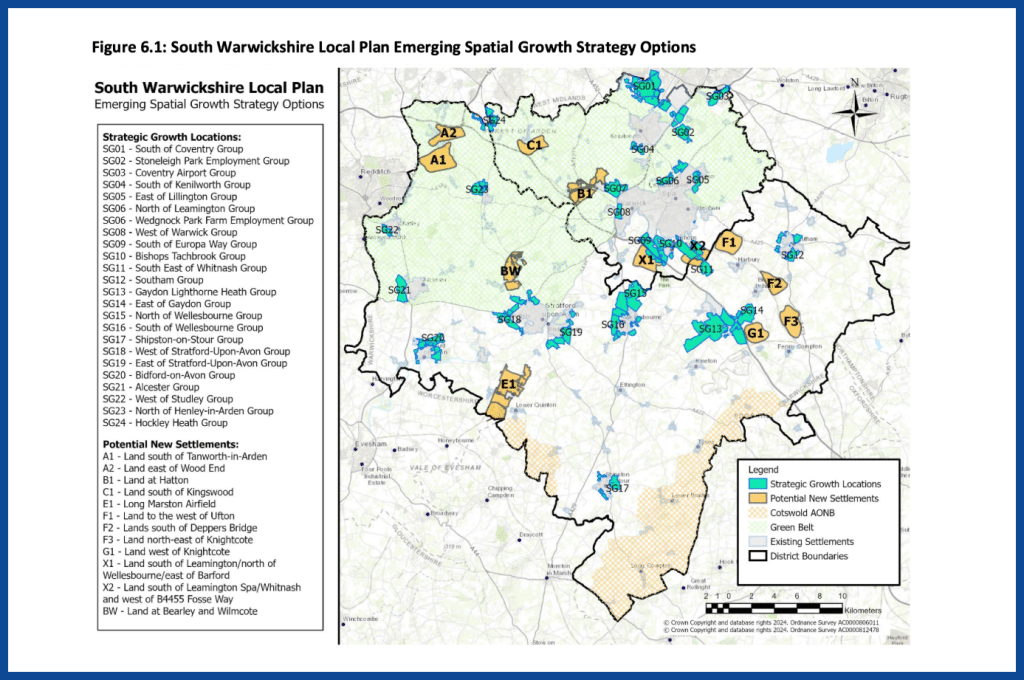McLoughlin Planning has secured planning approval for 13x affordable homes with associated works on land to the north of Down Ampney, near Cirencester at Planning Committee. The proposed development will deliver much-needed housing on an allocated parcel of land within the Cotswold District Council Local Plan and inside a defined settlement boundary. The approved scheme is a high-quality, considered and sensitively designed residential development which strives to set a “new standard” for the delivery of affordable housing. These homes will be among the most energy efficient to be built in the district in recent years, in accordance with the Government and Council’s climate action ambitions.
Responding positively to local housing need with a future-proof development
The proposed development will provide 100% affordable housing in an area where there is high demand. The housing mix directly responds to an identified need for the provision of smaller family homes in the area and, as a result, a mix of 2x and 3x bedroom homes will be developed.
The project team worked rigorously through technical analysis and feedback from community engagement exercises, to ensure that the final scheme successfully responded to existing site constraints and opportunities. In addition, the development seeks to set a “new standard” for the delivery of affordable housing, with a fabric-first approach to ensure the project meets its target of being highly sustainable.
The scheme will also provide the following benefits:
- A new public open space to the south of the site, providing a mix of green spaces and a children’s play area;
- A wildflower community meadow to provide a Biodiversity Net Gain (BNG);
- Additional tree planting to the front of the proposed properties and across the public realm.
Bringing a redundant site back into use through responsive housing development
Furthermore, the site itself was once used for garaging and car parking but is now overgrown and fenced off from public use. These proposals will enable the sustainable use of a redundant site, in a location that is within the development boundary.
This policy compliant scheme in a sustainable location will deliver on the Local Plan’s development allocation and provide much-needed new affordable housing in Down Ampney. The aspiration is to set a new standard of build quality for affordable housing, with the development seeking to provide holistic renewable energy solutions to support low energy costs. This visionary development builds on a collaboration agreement between Bromford and Cotswold District Council to facilitate the development of sustainable, affordable homes in the area.
It was great to work with Bromford Housing Association on this project, with excellent architectural vision from Ridge and Partners Architects and landscape and ecological input from EDP. We thank Cotswold District Council, its elected members, and consultees for their thoughtful response to this considered, needed, and well-designed affordable housing scheme which has community at its heart.
How we can help
We are McLoughlin Planning, and our team has a simple objective: to get results for our clients by providing high quality planning consultancy.
Our team of chartered town planning consultants deal with a host of interesting planning projects from across southern England and Wales – from strategic promotions and commercial premises to private developments and rural projects.
We are a friendly and approachable team who care passionately about the built environment, always striving to get the best outcome for our clients and the community.
If you have a development project which would benefit from expert planning consultancy input, then feel free to contact us through either our “Arrange a Call” tab on our contact page or via the email and telephone number provided below.
Chris Moore – Director
E: chris.moore@mplanning.co.uk
T: 01242 895008
Project Team
- Bromford Housing Association
- Ridge and Partners (Architecture and Drainage)
- EDP (Ecology and Arboriculture)
Image Source: Ridge and Partners (2024)









